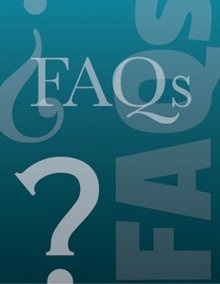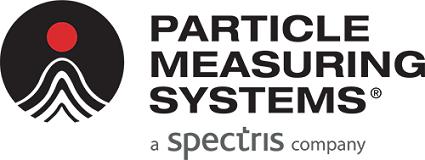The Nonviable Environmental Monitoring Program is deployed for numerous reasons following a power outage. The primary reason is to ensure that the HVAC has been restored and is now running to the best of its ability — this is the 30-minute stabilization that is observed in Grade C regions.
Grade C regions have a relatively high air exchange rate (nominally, 20 air volumes per hour); therefore, stabilization tends to happen quite rapidly in the unmanned state.
To take this a step further, the system should be evaluated in the manned state to ensure that it has been correctly restored. Stagnant air during the power loss may have resulted in the sedimentation of particles, and operator movements may then mean that these particles get stirred up.
It is critical to demonstrate that the concentrations of these re-entrained particles return to levels where they are no longer considered a threat.

Image Credit: Particle Measuring Systems
According to current EC GMP guidance, the at-rest condition should be reached after a brief “clean-up” period of 15 to 20 minutes, and the post-event monitoring data of the Grade C and D areas should also include this clean-up phase. Again, this is a transition from manned to unmanned/at-rest, not a complete return to activity.
The language of the revision to EU GMP Annex 1 implies that a room must be requalified to verify that conditions are reinstated. The conditions that drive that activity are as follows:
- Change in the usage of the cleanroom
- Interruption of air movement that impacts cleanroom operation
- Special maintenance
It could be the effects of item number 2 that drive the need to requalify a room, and this requalification exercise takes the hour you are referencing to complete. It should be noted that the required “clean up” duration of 15–20 minutes has been adequately extended.
Even though extra microbiological monitoring is still required after the restart, instantaneous particle counts are more informative at this point in the area’s recovery.
A Contamination Control Strategy should be incorporated into any restart procedure, where product risks are clearly and comprehensively identified, and the ramifications of potential contamination understood.
This may also be helpful when it comes to reducing the delay to restart, especially if ‘brown-outs’ of power are considered a regular occurrence in a facility’s particular geographical location.

This information has been sourced, reviewed and adapted from materials provided by Particle Measuring Systems.
For more information on this source, please visit Particle Measuring Systems.